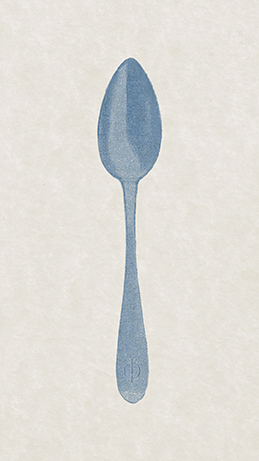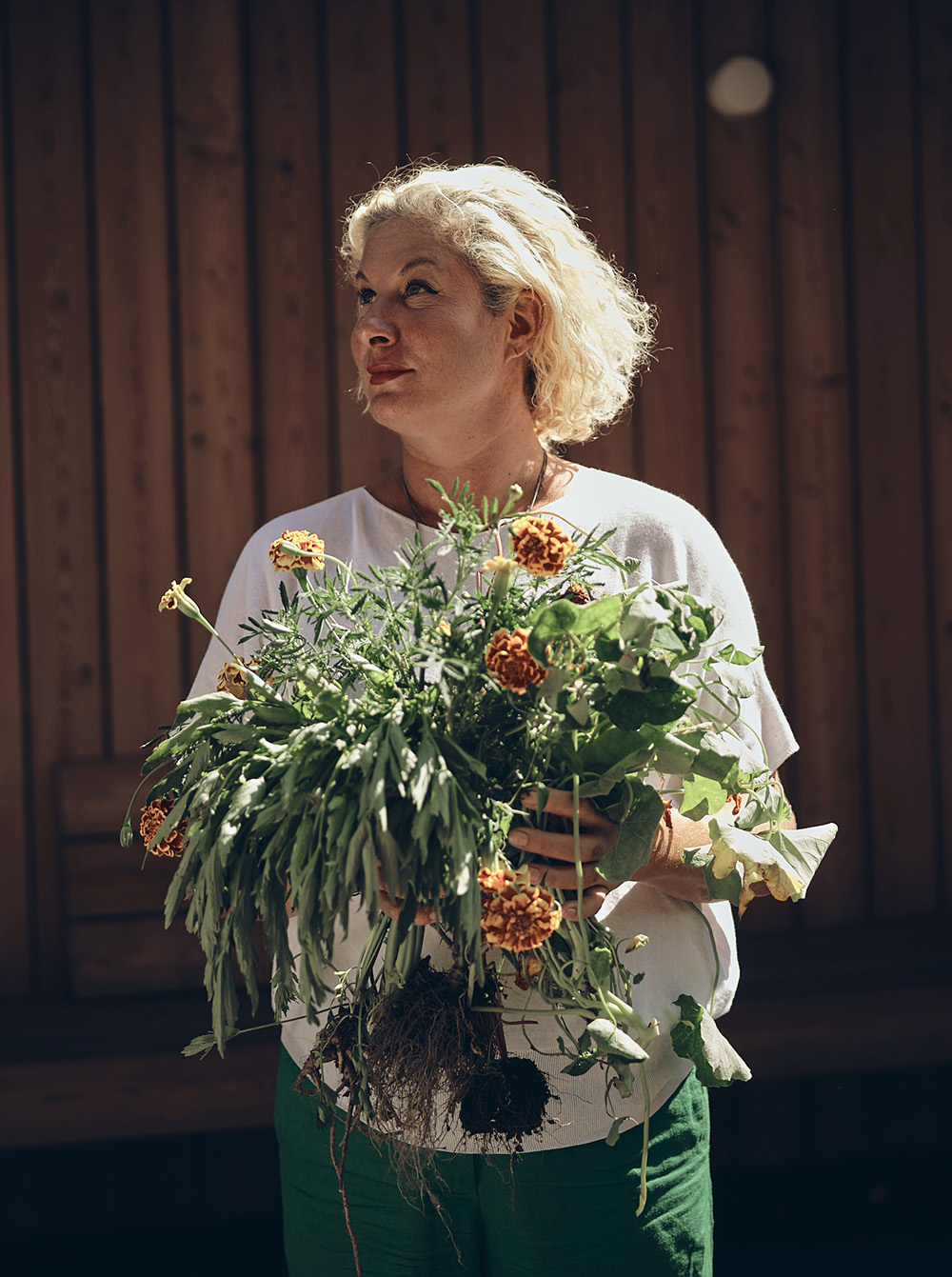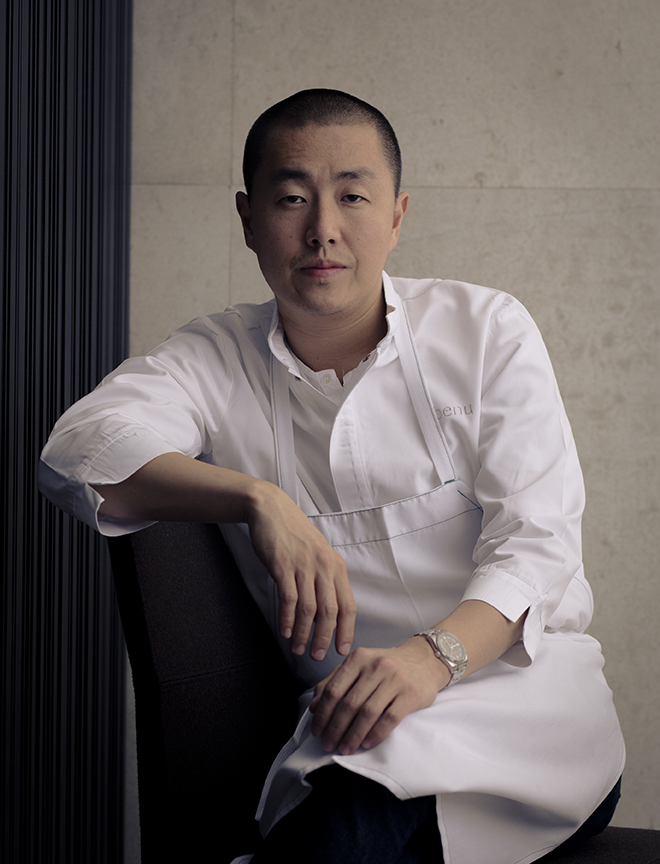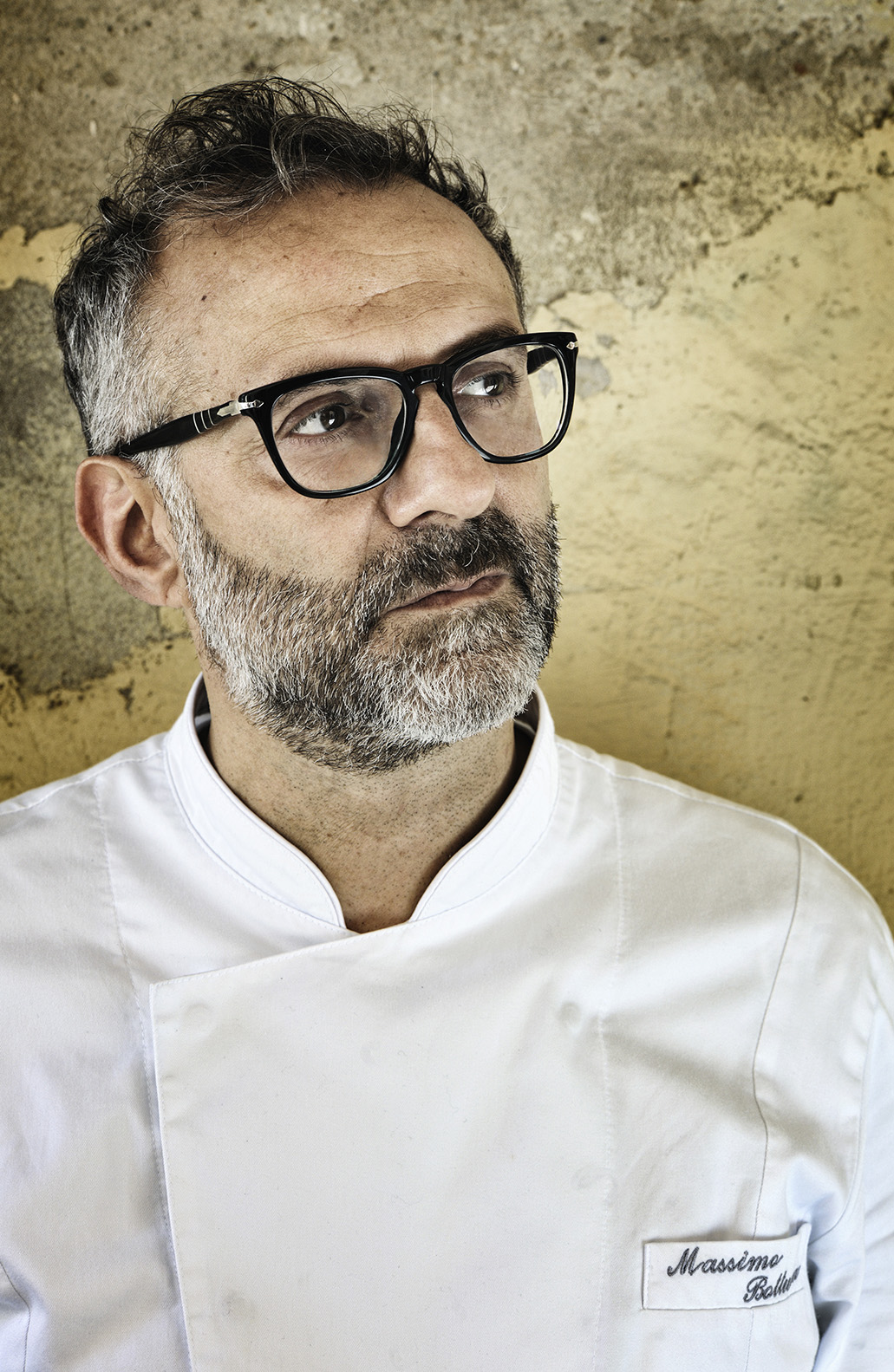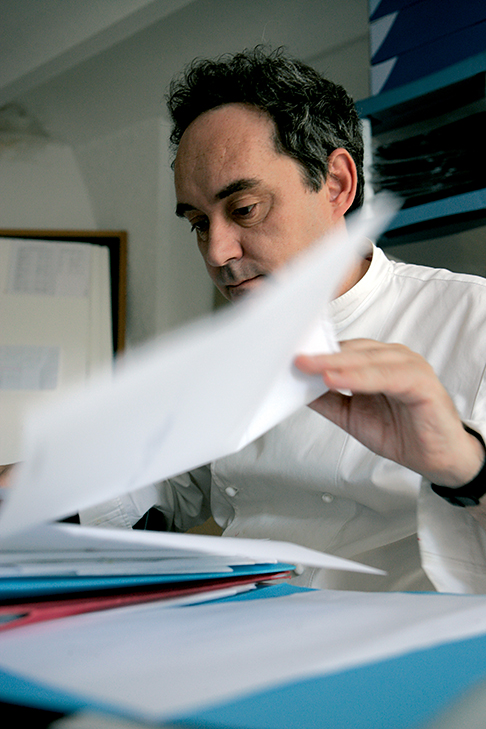The Culinary Issue
Massican Magazine’s Culinary issue celebrates the inspiration of five chefs from five countries. Before introducing the chefs and their work, we talked to their publisher, Emilia Terragni of Phaidon, about what it is like to work with a selection of some of the world‘s greatest artisans. Grab a glass of white wine and enjoy the read.
